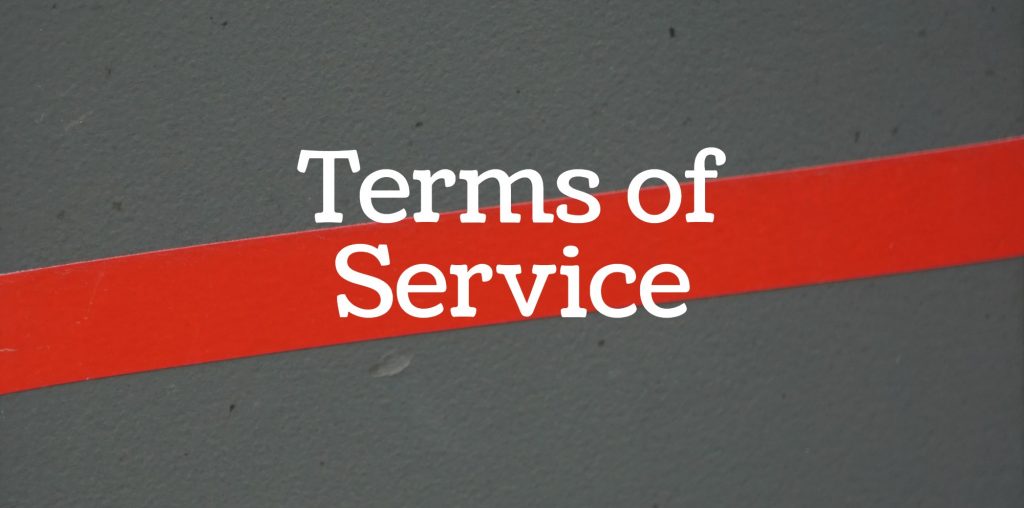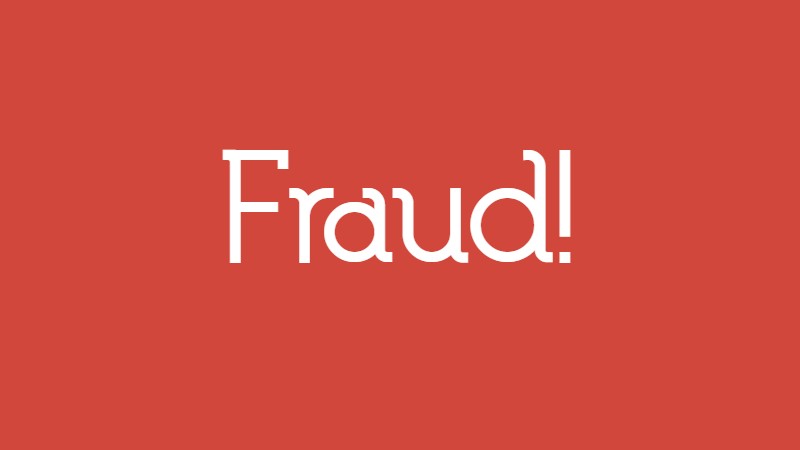
Most court cases involving blockchain have to do with securities regulation or some other business aspect of what the parties are doing. The case of Shin v. ICON Foundation, however, deals with the technology side of blockchain. The U.S. District Court for the Northern District of California recently issued an opinion having to do with how the law should handle a person who exploits a software flaw to quickly (and, as other members of the community claim, unfairly) generate tokens.
Exploiting software flaw to generate tokens
Mark Shin was a member of the ICON Community – a group that includes users who create and transact in the ICX cryptocurrency. The ICON Network hosts the delegated proof of stake blockchain protocol. The process by which delegates are selected for the environment’s governance involves ICX users “staking” tokens. As an incentive to participate in the process, ICX holders receive rewards that can be redeemed for more ICX. The system does not give rewards, however, when a user “unstakes” his or her tokens.
When a new version of the ICON Network software was released, Shin discovered that he was immediately awarded one ICX token each time he would unstake a token. Exploiting this software defect, he staked and unstaked tokens until he generated new ICX valued at the time at approximately $9 million.
Bring in the lawyers
Other members of the community did not take kindly to Shin’s conduct, and took steps to mitigate the effect. Shin filed suit for conversion and trespass to chattel. And the members of the cryptocurrency community filed a counterclaim, asserting a number of theories against Shin, including a claim for unjust enrichment. Shin moved to dismiss the unjust enrichment claim, arguing that the community’s claim failed to state a claim upon which relief could be granted. In general, unjust enrichment occurs when a person has been unjustly conferred a benefit, including through fraud or mistake. Under California law (which applied in this case), the elements of unjust enrichment are (1) receipt of a benefit, and (2) unjust retention of the benefit at the expense of another.
Moving toward trial
In this case, the court disagreed with Shin’s arguments. It held that the members of the community had sufficiently pled a claim for unjust enrichment. It’s important to note that this opinion does not mean that Shin is liable for unjust enrichment – it only means that the facts as alleged, if they are proven true, support a viable legal claim. In other words, the opinion confirms that the law recognizes that Shin’s alleged conduct would be unjust enrichment. We will have to see whether Shin is actually found liable for unjust enrichment, either at the summary judgment stage or at trial.
Examining the elements of unjust enrichment, the court found that the alleged benefit to Shin was clear, and that the community members had adequately pled that Shin unjustly retained this benefit. The allegations supported the theory that Shin materially diluted the value of the tokens held by other members of the community, and that he “arrogated value to himself from the other members.” According to the members of the community, if Shin had not engaged in the alleged conduct, the present-day value of ICX would be even higher. (It will be interesting to see how that will be proven – perhaps one more knowledgeable than this author in crypto can weigh in.)
Shin v. ICON Foundation, 2021 WL 6117508 (N.D. Cal., December 27, 2021)



 Evan Brown is a technology and intellectual property attorney in Chicago. This content originally appeared on
Evan Brown is a technology and intellectual property attorney in Chicago. This content originally appeared on 
